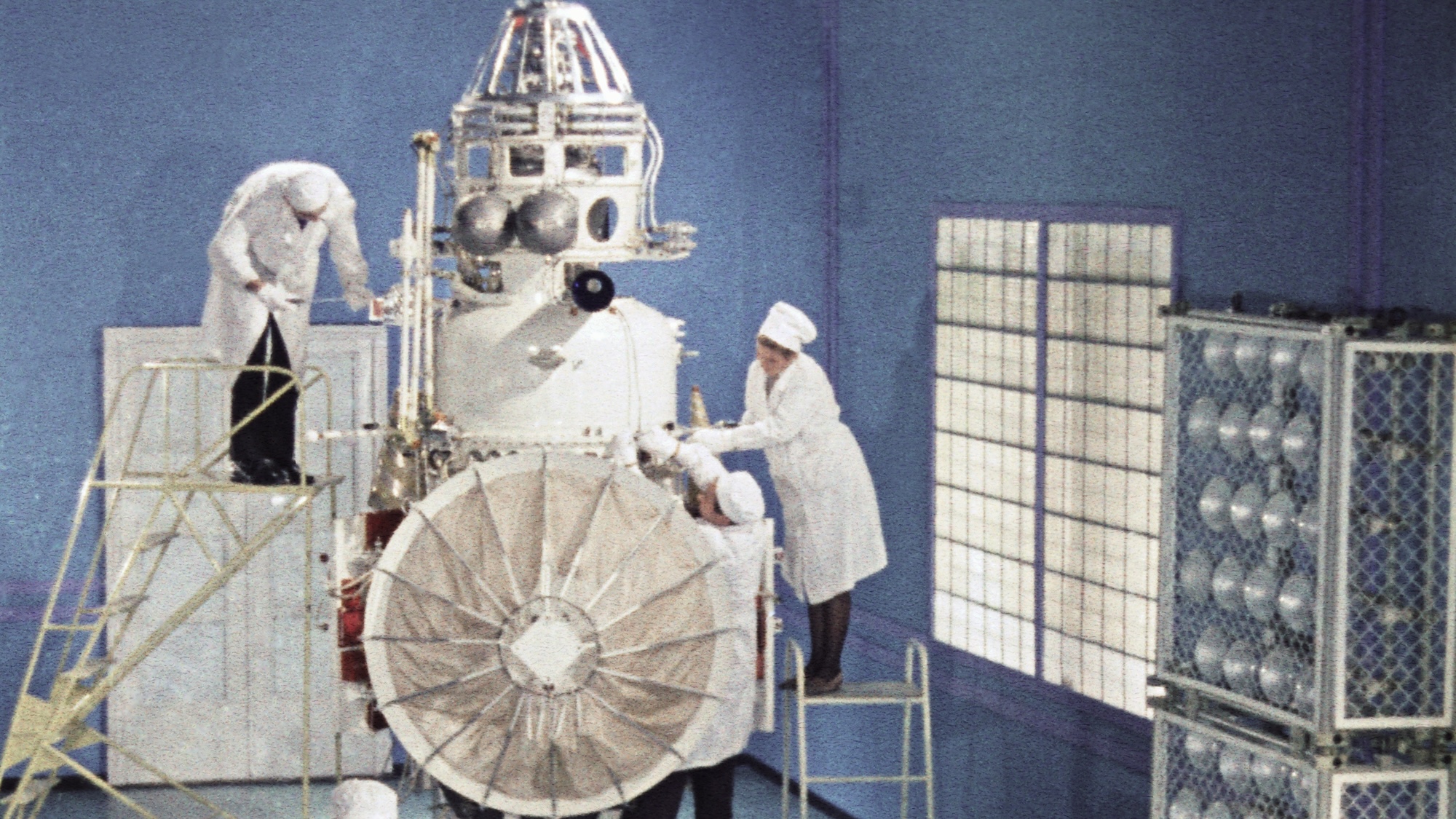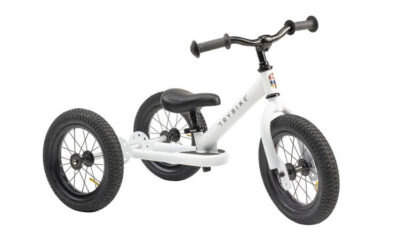Gadgets
A dead Soviet space probe from 1972 is falling back to Earth

In 1972, the Soviet Union launched a pair of space probes destined for Venus. While the USSR’s Venera 8 successfully reached its destination, a malfunctioning Soyuz rocket ensured its sibling Kosmos 482 craft never made it past Earth’s orbit. The long-dead probe’s remains have subsequently circled the planet for over 53 years—but according to a Dutch satellite tracker, its fiery (and uncontrolled) demise is finally on the horizon.
Marco Langbroek posted about the impending reentry to his blog SatTrackCam Leiden on April 24. Based on calculation models co-designed by space engineer Dominic Dirkx, Kosmos 482 is due to begin its descent on or around May 10. However, it’s difficult to pinpoint where it might happen at the moment, thanks to the sun’s ongoing active phase and its influence on atmospheric conditions.
That said, Langbroek believes Kosmos 482’s orbital inclination of 51.7 degrees means it could reentry between the 52N and 52S latitudes (basically anywhere as far north as the United Kingdom and as far south as New Zealand). It will also achieve a velocity of around 150 miles per hour in the moments before impact.
“With a mass of just under 500 kg [1,102 pounds] and [its] 1-meter size, risks are similar to that of a meteorite impact,” explained Langbroek, although this likely isn’t cause for much concern.
“The risks involved are not particularly high, but not zero,” Langbroek added.
It’s also possible that the Soviet space probe debris could burn up during atmospheric reentry, but that’s not entirely a given thanks to the probe’s original mission goals.
“As this is a lander that was designed to survive passage through the Venus atmosphere, it is possible that it will survive reentry through the Earth atmosphere intact, and impact intact,” Langbroek said.

There’s also an (extremely) small chance that Kosmos 482’s landing parachute may somehow still deploy during its last moments.
“I wouldn’t bet on that working now,” Langbroek cautioned. “[I] would assume that, if it survives reentry, it would come down hard.”
The satellite tracker and his colleagues plan to continue gathering data and observations during the final days of Kosmos 482 to better pinpoint a date, time, and region of reentry.
Please provide an alternative version.
-

 Destination7 months ago
Destination7 months agoSingapore Airlines CEO set to join board of Air India, BA News, BA
-

 Breaking News9 months ago
Breaking News9 months agoCroatia to reintroduce compulsory military draft as regional tensions soar
-

 Tech News11 months ago
Tech News11 months agoBangladeshi police agents accused of selling citizens’ personal information on Telegram
-

 Breaking News9 months ago
Breaking News9 months agoBangladesh crisis: Refaat Ahmed sworn in as Bangladesh’s new chief justice
-

 Gaming8 months ago
Gaming8 months agoThe Criterion Collection announces November 2024 releases, Seven Samurai 4K and more
-

 Toys11 months ago
Toys11 months ago15 of the Best Trike & Tricycles Mums Recommend
-

 Guides & Tips9 months ago
Guides & Tips9 months agoHave Unlimited Korean Food at MANY Unlimited Topokki!
-

 Productivity10 months ago
Productivity10 months agoHow Your Contact Center Can Become A Customer Engagement Center
























